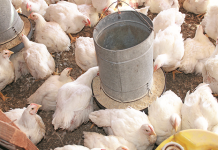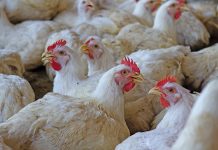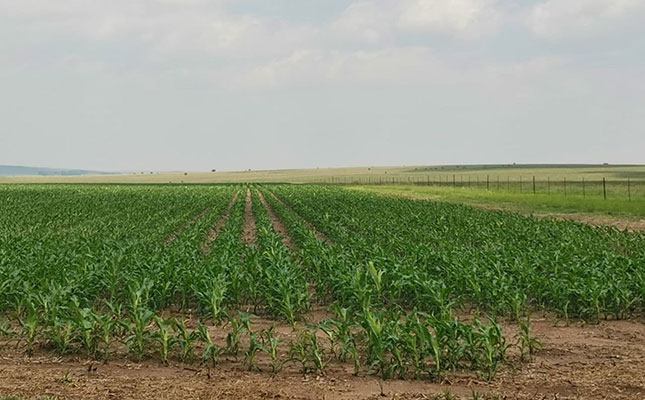The results of a recent study by the UN Food and Agriculture Organisation (FAO) confirm that growing fruit and vegetables in and around cities increases the supply of fresh, nutritious produce and improves poor people’s economic access to food. “People have food security when they are able to grow enough food, or buy enough food, to meet their daily needs for an active, healthy life.
“In many of the 21st century’s developing cities, all of those conditions of food security are threatened,” the FAO explains.
Poor urban households spend between 60% and 80% of their income on buying food. And in Africa and Asia, half of this amount is spent on cheap, highly processed, ‘convenience’ foods that are usually deficient in important vitamins and minerals. These meals also tend to be high in saturated fats and sugars, which are largely responsible for rising levels of obesity and diet-related chronic diseases such as diabetes.
The migration to the cities
In South Africa, as elsewhere, people continue to pour out of the platteland into cities and towns. The government has made some attempt to reverse the situation by trying to resuscitate agriculture in rural areas, but this has met with little success. In fact, urban sprawl has often taken over land once used for grazing or crops on the edges of cities. Soshanguve, where I live, has spread like this, growing into a huge township that’s home to hundreds of thousands of people – and it’s getting bigger and becoming more densely packed all the time.
Given this seemingly unstoppable migration and the crying need for convenient, affordable nutrition, the solution seems clear: help people in the cities to grow food on their doorstep. I’m certainly not saying the government should abandon their plans to improve rural infrastructure and agriculture. But as a short- to medium-term solution to food security, it makes sense to promote urban agriculture.
Experience elsewhere
Probably the best-known example of urban agriculture is in China. The country has integrated food production into urban development since the 1960s. Today, more than half of Beijing’s vegetable supply comes from the city’s own market gardens, and it’s cheaper than produce trucked in from more distant areas. A significant advantage of launching agriculture in urban areas is that infrastructure – water, power and roads – is already there. Water harvesting (collecting and storing rainwater) is also relatively easy in this environment.
The government’s main tasks would be to make land available, and promote Ilima/Letsema and other programmes that encourage food production in urban areas. This demands careful planning, of course, but the space is there. Another useful tool is school gardens. These have often proved successful, especially when integrated with school feeding schemes. Many more could be launched.












